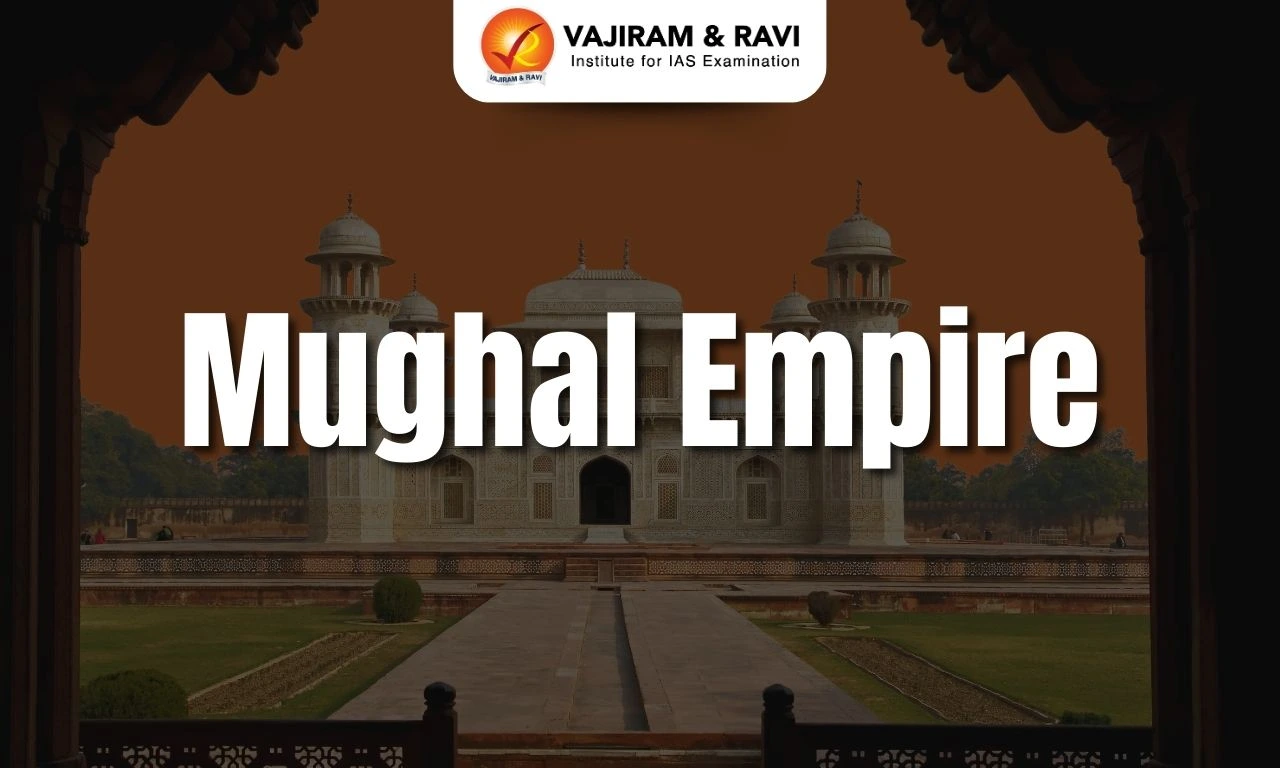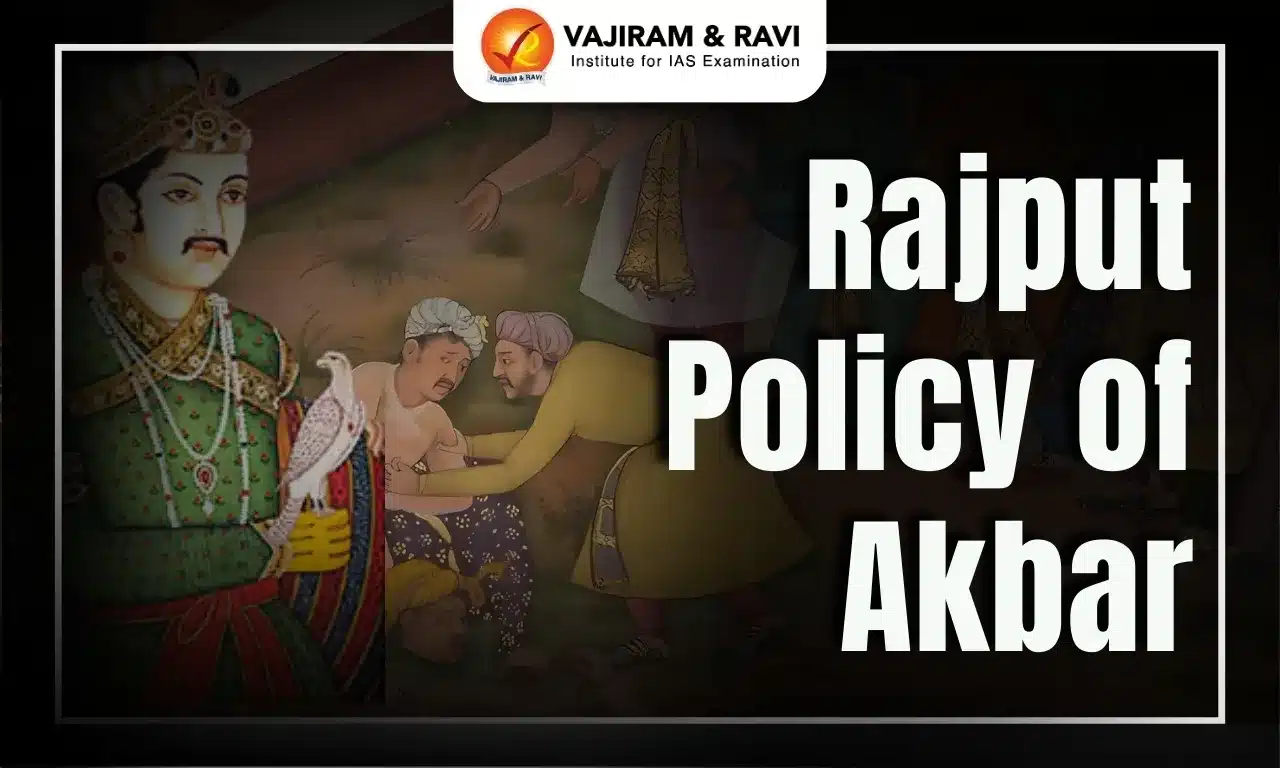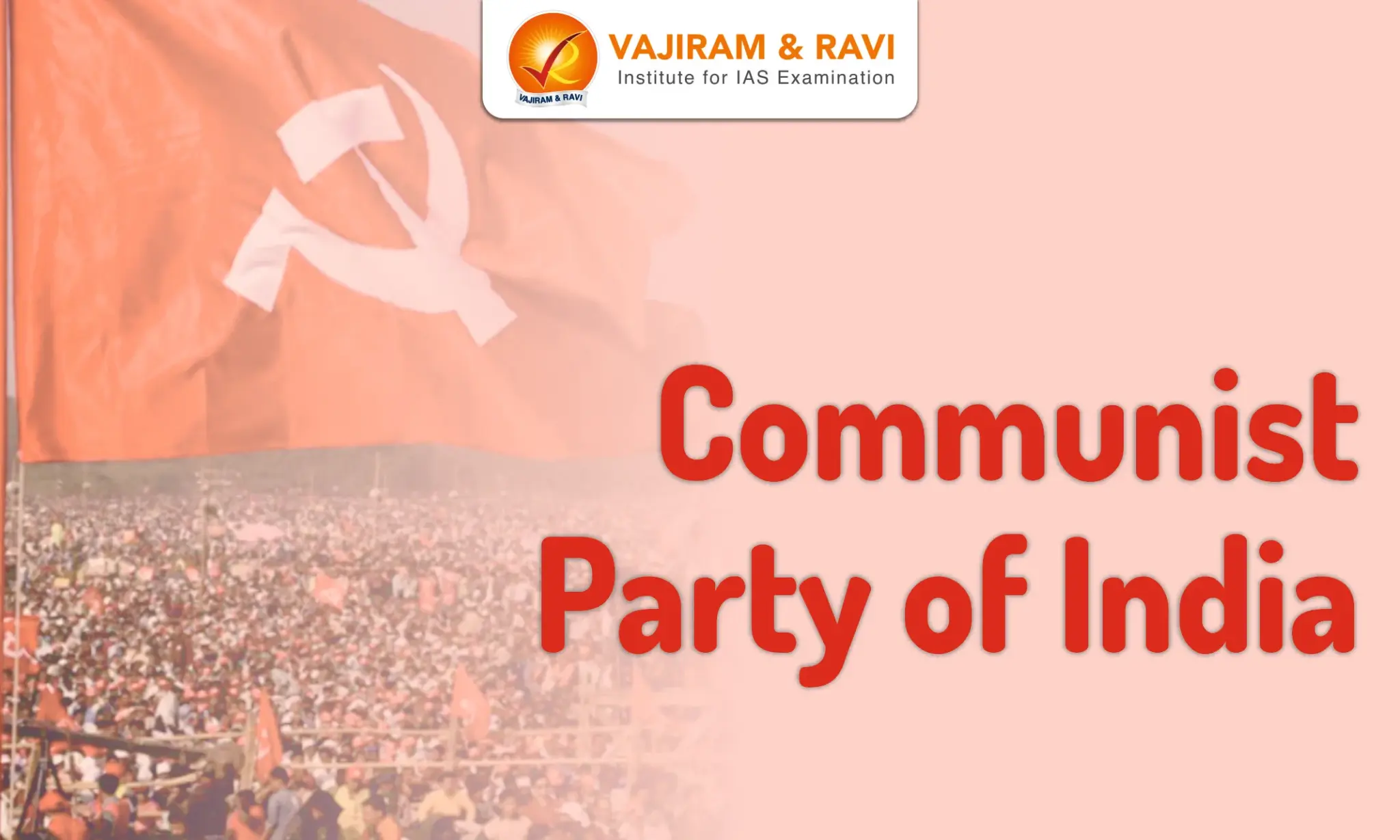The Mughal Empire ruled large parts of the Indian subcontinent from the early 16th to mid-19th centuries. Founded in 1526 by Babur, a Timurid prince descended from Turkic-Mongol ancestors, the Mughal dynasty expanded its territories under influential rulers like Akbar, Jahangir, Shah Jahan, and Aurangzeb. The Mughals ushered in an era of political unity, military strength, architectural marvels, and cultural synthesis of Persian, Central Asian, and Indian traditions.
They left an invaluable legacy, including iconic monuments like the Taj Mahal, Red Fort, and Fatehpur Sikri, showcasing their architectural brilliance. The Mughal dynasty ruled over an incredibly prosperous empire until its decline in the early 18th century.
Babur was descended from Timur and Genghis Khan, he invaded Punjab areas between 1519 and 1524. Crossing the Indus after conquering Kabul and Ghazni, he capitalised on discontent against the Delhi Sultanate. Defeating Ibrahim Lodi in the battle of Panipat in 1526, Babur founded the Mughal dynasty in Delhi.
Mughal Dynasty Rulers
The Mughals, descendants of the Timurid dynasty, ruled the Indian subcontinent from 1526 to 1857. Notable rulers like Akbar, Shah Jahan, and Aurangzeb shaped its culture and expansion.
Babur
- His victory over Ibrahim Lodi in the First Battle of Panipat in 1526 enabled him to establish the Mughal dynasty in Delhi.
- Babur consolidated his reign through subsequent victories against Rajput and Afghan forces at Khanwa, Chanderi, and Ghagra.
- He was a scholar of Persian and Arabic languages. He left a literary legacy with his acclaimed memoir, the Baburnama.
- Key Battles:
- First Battle of Panipat (1526): Defeated Ibrahim Lodi, conquering Delhi and Agra.
- Battle of Khanwa (1527): Defeated Rana Sanga of Mewar and Afghan allies.
- Battle of Chanderi (1528): Victory over Medini Rai, securing Malwa region.
- Battle of Ghagra (1529): Defeated Afghan rebels led by Mahmud Lodi.
Humayun
- Unlike his father Babur, Humayun was known more for his cultural and scholarly interests than his military skills.
- He faced challenges from a weak financial system, predatory Afghans, and threats from Bahadur Shah of Gujarat.
- The rise of Sher Shah in Bihar and UP led to conflicts, including the battles of Chausa (1539) and Kanauj (1540), where Humayun lost his kingdom.
- However, as the Sur Empire declined, Humayun invaded and regained Delhi, becoming Emperor again.
Akbar
- Akbar, one of the greatest Mughal emperors, ascended the throne at the age of 13 after the untimely death of his father Humayun.
- He embarked on an ambitious military campaign, annexing regions like Gujarat, Bengal, Kashmir, and Kabul, expanding the Mughal Empire immensely.
- Akbar adoptedpolicies of religious tolerance and abolished discriminatory taxes like jizya, leading to a golden period. Akbar started a syncretic religion “ Din-i-Ilahi” incorporating elements from various faiths.
- Akbar's era witnessed the blending of Indian, Persian, and Islamic influences, epitomised by the construction of his capital city, Fatehpur Sikri.
Jahangir
- He ascended the throne in 1605 after rebelling against his father Akbar.
- His reign witnessed the consolidation of the Mughal Empire, with the annexation of Kandahar, Mewar, and Ahmednagar.
- A patron of arts and architecture, he commissioned exquisite buildings like the Shalimar Gardens in Kashmir.
- Jahangir was deeply influenced by his wife Nur Jahan, who enjoyed a prominent role in the court and administration.
- His autobiography, the Tuzuk-i-Jahangiri, provides insights into his life and reign.
Shah Jahan
- Shah Jahan ascended the Mughal throne in 1628 after revolting against his father Jahangir.
- His reign marked the golden age of Mughal architecture. He commissioned the construction of the iconic Taj Mahal as a mausoleum for his beloved wife Mumtaz Mahal. The Red Fort in Delhi and the Jama Masjid, one of the largest mosques in India, were also built during his reign.
- However, wars of succession between his sons towards the end of his rule drained the empire's resources. He was eventually imprisoned by his son Aurangzeb in 1658, spending his last years under house arrest.
Aurangzeb
- His reign witnessed the largest territorial expansion of the Mughal Empire.
- He was an orthodox ruler who attempted to establish Islamic rule by reimposing the jizya tax and destroying Hindu temples.
- His intolerant policies led to resentment, revolts by Rajputs, Marathas, Sikhs, and the weakening of the empire.
- Despite military campaigns in the Deccan against Shivaji and the siege of Golconda, Aurangzeb could not fully subjugate the Marathas.
Later Mughals
- After Aurangzeb died in 1707, the Mughal Empire witnessed a steady decline. A series of weak and ineffective rulers like Bahadur Shah I, Jahandar Shah, and Farrukhsiyar could not control the increasing ambitions of provincial governors and aristocrats.
- The Mughal emperors became mere puppets, with the real power resting in the hands of their ministers.
- The empire disintegrated rapidly due to court intrigues, civil wars, and relentless attacks from the Marathas, Afghans, and Persians.
- The invasion of Nadir Shah in 1739 completely stripped the Mughals of their wealth and glory.
- By the mid-18th century, the once mighty Mughal Empire had been reduced to the City of Delhi, eventually coming under British control.
Decline of the Mughals
- Internal conflicts: Power struggles and infighting among the royal family members weakened the central authority and drained the empire's resources.
- Degeneration of nobility: The decline in nobility's character and capabilities mirrored the weakening empire.
- Rise of regional powers: The emergence of powerful regional kingdoms, such as the Marathas and the Sikhs, challenged the Mughal's dominance and sparked prolonged conflicts.
- Economic decline: The decline in agricultural productivity, coupled with the drain of wealth through extravagant expenditures and mismanagement of resources, led to economic instability.
- Declining military strength: The once formidable Mughal army lost its edge due to outdated military tactics, inadequate training, and a lack of modernization.
- Foreign invasions: The Mughal Empire faced repeated invasions from the Persians and the Afghans, further eroding its power and territorial holdings.
Mughal Empire Administrative, Socio-Economic Structure
The Mughal Empirе, a rеmarkablе pеriod in India's history, is known for its wеll-organizеd administration, thriving еconomy, and divеrsе sociеty.
Administration of Mughals
| Administrative unit | Details |
| Central Administration |
- Emperor (Badshah) held supreme authority - Aided by a council of ministers (Diwan-i-Kul) - Key positions
|
| Administrative Divisions |
- Empire divided into provinces (Subas) governed by Subahdars - Subas further divided into Sarkars (districts) and Parganas (groups of villages) - Faujdars (military commanders) maintained law and order |
| Provincial Administration |
- Sipahsalar: Civil and military head representing the Emperor. - Diwan: Managed revenue administration. - Bakshi: Organized the army within the province. - Sadr: Oversaw judicial affairs |
| District & Village Administration |
- District Officers:
- Village Officers:
|
| Revenue System |
- Land revenue was the primary source of income
- Revenue was assessed as a share of the estimated produce (usually one-third) |
| Mansabdari System |
- Civilian and military officials were assigned ranks (mansabs) - Salary and military responsibilities were determined by mansab rank - Mansabdars held dual ranks - zat and sawar -The mansab rank was not hereditary & mansabdars were paid by assigning jagir. |
| Legal System |
- Based on a combination of Islamic law (Sharia) and local customs - Qazi (judge) administered justice with the assistance of muftis (legal experts) |
Economic Conditions
- Agriculture: The Mughal economy was largely agrarian, with agriculture as the chief economic activity and land revenue as the primary source of income.
- Crops:
- Ain-i-Akbari listed crops for Rabi and Kharif seasons
- Introduction of tobacco, maize, chilli, pineapple, grafted mangoes, potato, tomato, and guava.
- Indigo and sericulture (silk) were important commercial crops
- Urban economy:
- Craft industries like cotton textiles, iron, copper, diamond mining, and gun making
- Karkhanas (workshops) for expensive craft production
- Trade and commerce:
- Political integration and efficient law and order facilitated trade
- Trading centres: Bengal (rice, sugar, muslin, silk), Coromandel coast (textiles), Lahore (shawls, carpets)
- Hundi (letters of credit) facilitated the movement of goods
- Prominent trading communities: Banjaras, Bohra Muslims, Marwaris, Chettiars, Europeans
- Sarais (inns): Network of sarais enabled traders and merchants to travel across the empire
Mughal Society
- The Mughal society was hierarchical and stratified based on birth, occupation, and religion.
- The dominant groups were the aristocracy, religious scholars, and landowners.
- The nobility comprised Turks, Persians, Afghans, and Indian Muslims who held administrative and military positions.
- Hindus were allowed to practice their religion but were subject to taxes like jizya.
- Rural society consisted of powerful zamindars, peasants, and artisans organised into guilds. Urban centres had merchants, bankers, artisans, and intellectuals patronised by the court.
- Despite limited social mobility, Akbar promoted a more inclusive society.
- The patriarchal society confined women's roles largely to the domestic sphere.
Religious Developments
- The Mughals were Muslims, but their religious policies were generally tolerant towards other faiths.
- Akbar abolished the jizya tax on non-Muslims and promoted a syncretistic approach with Din-i-Ilahi.
- However, the religious orthodoxy was reasserted under Aurangzeb, who reimposed jizya and pursued a more conservative Islamic policy.
- Sikhism emerged as a distinct religion during this period, shaped byGuru Nanak and subsequent Gurus.
- The Bhakti movementalso gained momentum, with saints like Mirabai, Tulsidas, and Surdas promoting devotional Hindu traditions.
- Sufism, a mystical Islamic order, flourished and influenced literature and music.
- Overall, it was an era marked by the coexistence of diverse religious traditions.
Mughal Art and Architecture
India saw remarkable advancements in painting, architecture, literature, and art during the Mughal era (1526–1857). Persian, Indian, and Central Asian influences were uniquely combined in Mughal art and architecture.
Mughal Architecture
| Ruler | Architecture |
| Babur (1526-1530) | - Kabuli Bagh Mosque, Panipat |
| Humayun (1530-1540, 1555-1556) |
- Humayun's Tomb, Delhi - Purana Qila, Delhi - Dinpanah (Old Fort), Delhi |
| Akbar (1556-1605) |
- Agra Fort, Agra - Fatehpur Sikri, Agra - Buland Darwaza, Fatehpur Sikri - Panch Mahal, Fatehpur Sikri - Jami Masjid, Fatehpur Sikri |
| Jahangir (1605-1627) |
- Tomb of Akbar, Sikandra, Agra - Shalimar Gardens, Lahore - Tomb of Itmad-ud-Daulah (Baby Taj), Agra |
| Shah Jahan (1628-1658) |
- Taj Mahal, Agra - Red Fort, Delhi - Jama Masjid, Delhi - Shalimar Gardens, Delhi - Moti Masjid, Agra Fort |
| Aurangzeb (1658-1707) |
- Badshahi Mosque, Lahore - Bibi Ka Maqbara, Aurangabad - Musammam Burj, Agra Fort |
Mughal Painting
- Mughal painting flourished under royal patronage, with Humayun bringing Persian painters Mir Sayyid Ali and Abdal Samad to India.
- Akbar commissioned illustrations of literary and religious texts by Hindu and Muslim artists like Baswan, Miskina, and Daswant, depicting works like Mahabharata and Akbar Nama using Indian colours.
- Under Jahangir, painters like Abul Hasan and Bishan Das excelled in portraits, animal paintings, and scenes influenced by European styles.
- However, reduced patronage by later rulers like Aurangzeb due to religious orthodoxy led to a decline in Mughal painting.
Music and Dance during Mughals
The Mughal era witnessed a golden age for music and dance, with the emperors actively promoting art forms and providing a platform for renowned artists to showcase their talents.
- The legendary Hindustani classical singer Tansen, along with Baiju Bawra, Nayak Bakshu, and Sukhvira, were among the renowned musicians patronized by Akbar.
- Jahangir and Shah Jahan also appreciated and promoted music, continuing the Mughal legacy
- Classical dance forms like Kathak, incorporating Persian and Central Asian elements, evolved under Mughal patronage.
Literature during Mughals
The Mughal era witnessed a flourishing of literature, with the emperors patronizing writers and poets.
- Mughal rulers patronized literature in languages like Persian, Urdu, and Turkish, fostering a rich literary culture.
- Persian was the language of the Mughal administration.
- Sufi and Bhakti movements propelled the growth of regional languages like Hindi, Bengali, Rajasthani and Gujarati, enhancing cultural diversity.
- Urdu emerged as a common language of communication during Mughal rule.
| Book | Author | Details |
| Tuzuk -i-Baburi | Babur | - Describes Babur’s military tactics and administrative organisation |
| Humayun Nama | Gulbandan Begum | - Biography of Humayun |
| Akbar Nama | Abu Fazl | - History of Akbar’s reign |
| Ain-i-Akbari | Abu Fazl | - Administration of Akbar’s reign |
| Muntakhab-ul-Tawarikh | Badauni | - Account of Akbar’s reign |
| Tuzuk-i-Jahangiri | Jahangir | - Jahangir’s autobiography |
| Iqbalnamah-i-Jahangir | Mutamid Khan | - Biography of Jahagir |
| Padshahnama | Abdul Hamid Lahori | - History of Shah Jahan’s reign |
| Alamgir Nama | Munsi Mirza Muhamma Kazin | - History of Aurangzeb’s rule |
| Fatwa-i-Alamgiri | Aurangzeb | - Sharia law for the empire |
| Majma-ul-Bahrain (The Confluence of the Two Seas) | Dara Shikoh | - Diversity and harmony of religions |
|
Bhagavad Gita, Upanishads |
Dara Shikoh | - Translated into Persian |
| Shahnameh | Firdausi | - History of Persian kings. |
| Nuskho-i- Dilkusha | Bhimsen | - Analysis of Arungzeb’s rule |
| Ramcharitmanas | Tulsidas | - Ramayana in Awadhi |
| Sursagar | Sur Das | - Poetry collections (in Brij bhasha) |
| Rag Darpan | Sarang Dev | - Treatise on Indian classical music |
| Padmavat | Malik Muhammad Jayasi | - Story of Padmavati and Alauddin Khilji. |
Mughal Empire UPSC PYQs
Question 1: With reference to Mughal India, what is/are the difference/differences between Jagirdar and Zamindar? (UPSC Prelims 2022)
- Jagirdars were holders of land assignments in lieu of judicial and police duties, whereas Zamindars were holders of revenue rights without obligation to perform any duty other than revenue collection.
- Land assignments to Jagirdars were hereditary and revenue rights of Zamindars were not hereditary.
Select the correct answer using the code given below.
- 1 only
- 2 only
- Both 1 and 2
- Neither 1 nor 2
Answer: (d)
Question 2: Who among the following Mughal Emperors shifted emphasis from illustrated manuscripts to album and individual portrait? (UPSC Prelims 2019)
- Humayun
- Akbar
- Jahangir
- Shah Jahan
Answer: (c)
Question 3: Consider the following: (UPSC Prelims 2015)
The arrival of Babur into India led to the
- introduction of gunpowder in the subcontinent
- introduction of the arch and dome in the region’s architecture
- establishment of Timurid dynasty in the region
Select the correct answer using the code given below:
(a) 1 and 2 only
(b) 3 only
(c) 1 and 3 only
(d) 1, 2 and 3
Answer: (b)
Last updated on January, 2026
→ Check out the latest UPSC Syllabus 2026 here.
→ Join Vajiram & Ravi’s Interview Guidance Programme for expert help to crack your final UPSC stage.
→ UPSC Mains Result 2025 is now out.
→ UPSC Notification 2026 Postponed for CSE & IFS which was scheduled to be released on 14 January 2026.
→ UPSC Calendar 2026 has been released.
→ UPSC Prelims 2026 will be conducted on 24th May, 2026 & UPSC Mains 2026 will be conducted on 21st August 2026.
→ The UPSC Selection Process is of 3 stages-Prelims, Mains and Interview.
→ Prepare effectively with Vajiram & Ravi’s UPSC Prelims Test Series 2026 featuring full-length mock tests, detailed solutions, and performance analysis.
→ Enroll in Vajiram & Ravi’s UPSC Mains Test Series 2026 for structured answer writing practice, expert evaluation, and exam-oriented feedback.
→ Join Vajiram & Ravi’s Best UPSC Mentorship Program for personalized guidance, strategy planning, and one-to-one support from experienced mentors.
→ UPSC Result 2024 is released with latest UPSC Marksheet 2024. Check Now!
→ UPSC Toppers List 2024 is released now. Shakti Dubey is UPSC AIR 1 2024 Topper.
→ Also check Best UPSC Coaching in India
Mughal Empire FAQs
Q1. What was the Mansabdari system of the Mughals?+
Q2. What are the key features of the architecture of the Mughal Empire?+
Q3. What was Akbar's concept of Din-i-Ilahi?+
Tags: mughal empire quest

















